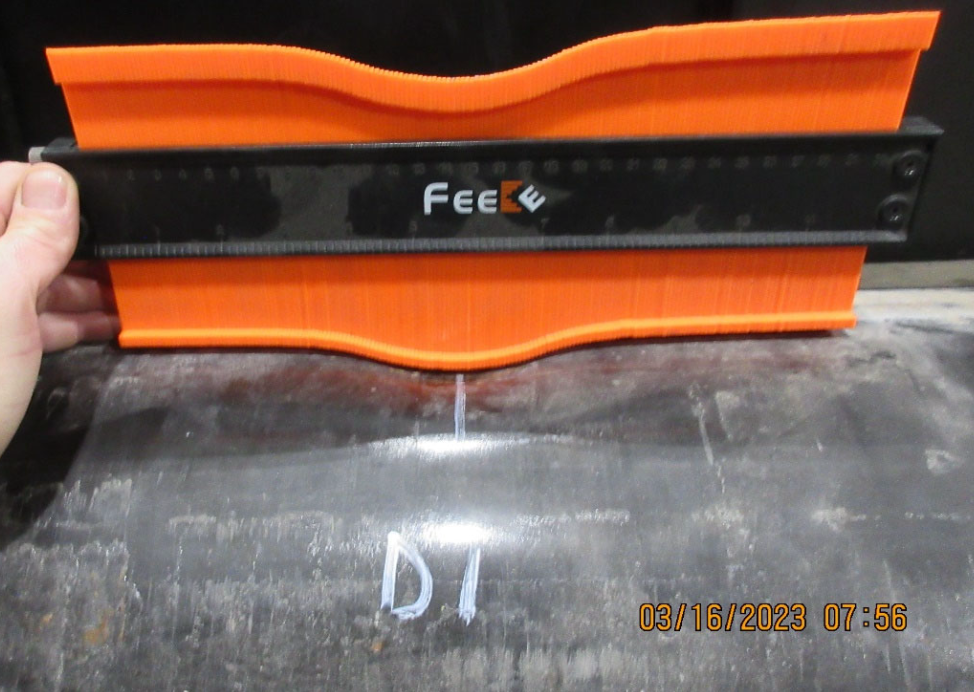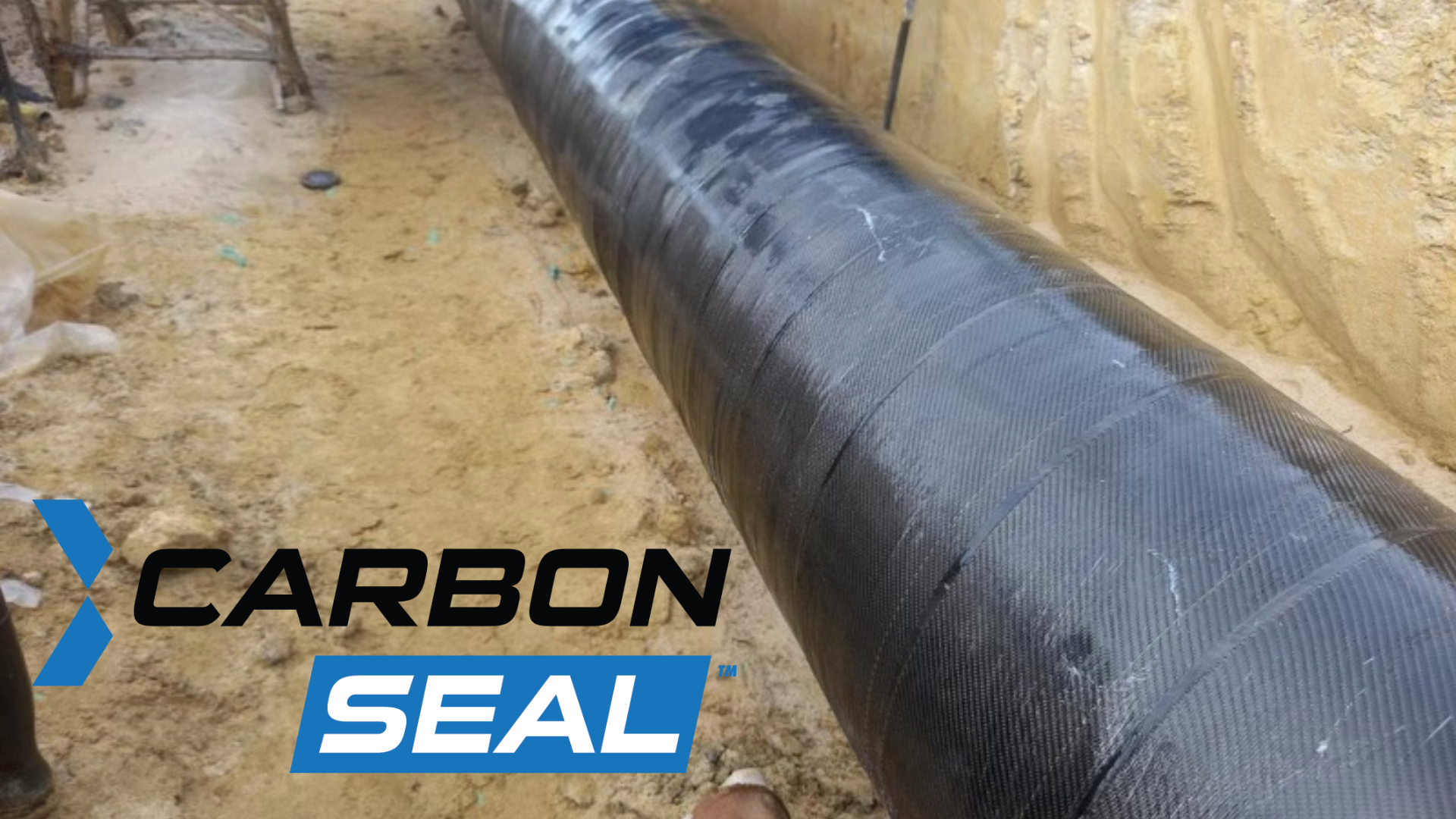Currently, the United States boasts 139 operational oil refineries, churning out nearly 18 million barrels of crude oil every day. Considering that a vast majority of the nation's 165,000 miles of oil pipelines are at least 35 years old, the aging pipeline infrastructure is approaching the end of its serviceable life or may have already surpassed it. Catastrophic oil leaks have already marred regions across the globe, and these leaks and spills will persist as our pipeline system continues to age. The root of this problem, like many others we encounter, revolves around finances. Pipelines are corroding and aging at a pace that outstrips our ability to replace them, amassing an unaffordable bill. Kent Moors, a renowned oil and gas policy expert, has emphasized that "the immediate worldwide need for oil pipeline repair is estimated at $500 billion... and it's increasing by approximately a billion dollars every week." So, how can we mitigate this colossal expenditure? The answer lies in HJ3's carbon fiber, of course!
At an Alaskan oil refinery, an ASTM A106 – Grade B steel vapor line header suffered both internal and external corrosion, necessitating reinforcement. The 20" vapor line header and the attached 42"-diameter pipe demanded reinforcement due to severe corrosion, leading to steel loss and through-holes. The entire structure had lost its hoop strength. Additionally, the internal pipe repair required meticulous execution to prevent oxygen ingress, given the potential for combustion. The refinery faced a decision: undertake the costly process of replacing the pipes, resulting in significant downtime, or opt for repairs.
After evaluating their alternatives, the choice to repair the pipes with HJ3's carbon fiber became evident. The CarbonSeal™ system swiftly restored the vapor line header and attached pipe in just two days. Given their continuous exposure to chemicals, the application of a chemical-resistant base and topcoat was imperative for safeguarding the system. The repair process began with the thorough cleaning of the pipe surface to achieve a white metal finish using mechanical hand tools. Through-holes and areas with steel loss were effectively patched, followed by the application of the basecoat and primer to the pipe's exterior. Saturated carbon fiber was then expertly applied, and the protective topcoat was the final step.
The remarkable aspect of this pipe repair was that it required no downtime, hot work permits, or welding. The structure's hoop strength was fully restored, and the header is now highly resistant to corrosion and chemicals. This efficient repair saved the refinery $300,000 when compared to replacement costs. Furthermore, the repair process consumed 22% less energy than manufacturing a new pipe would have required. It prevented the wastage of nearly 33,500 gallons of water, spared over a ton of CO2 emissions from polluting the atmosphere, and averted the potential disposal of more than 1,000 lbs of steel in landfills. If you have a steel pipe in need of reinforcement, don't hesitate to contact HJ3 at info@hj3.com.



.png)
